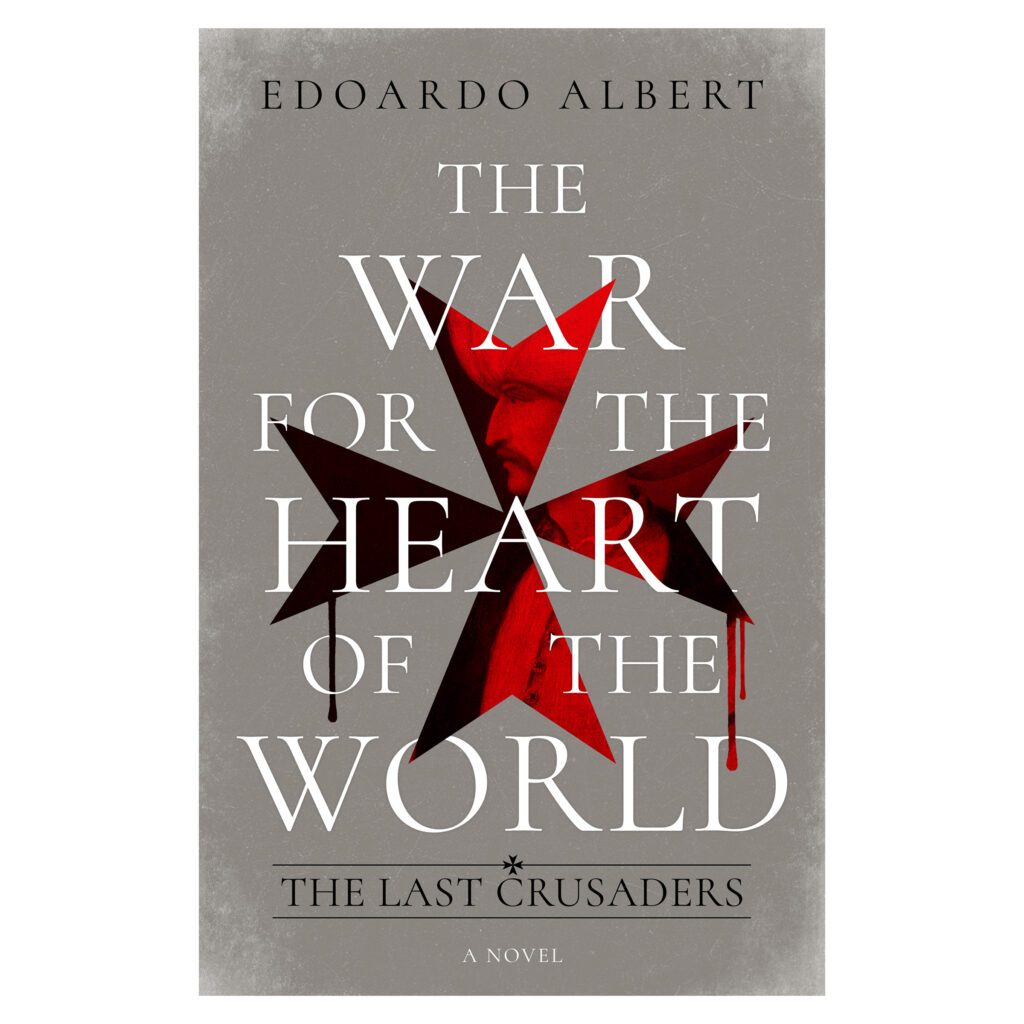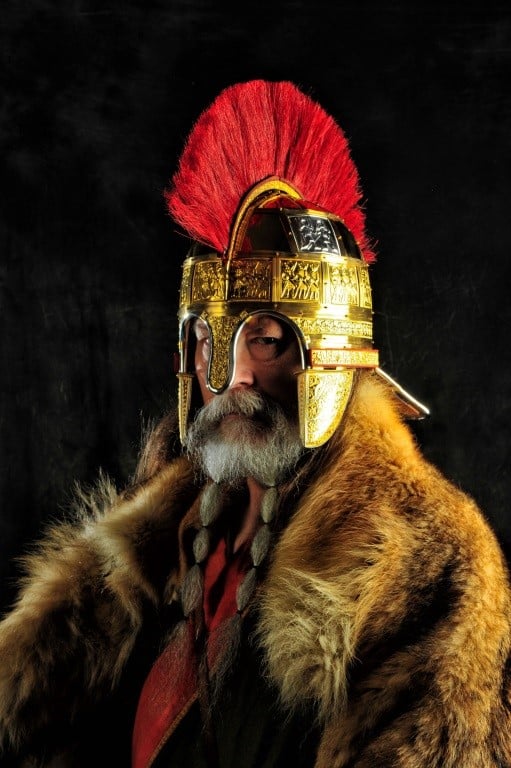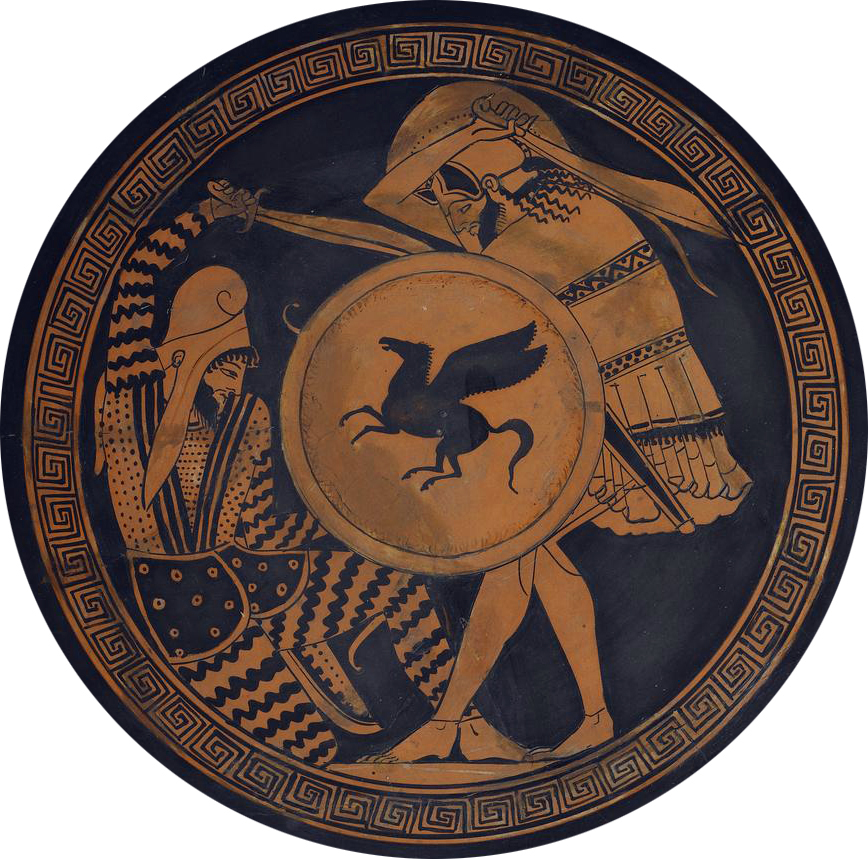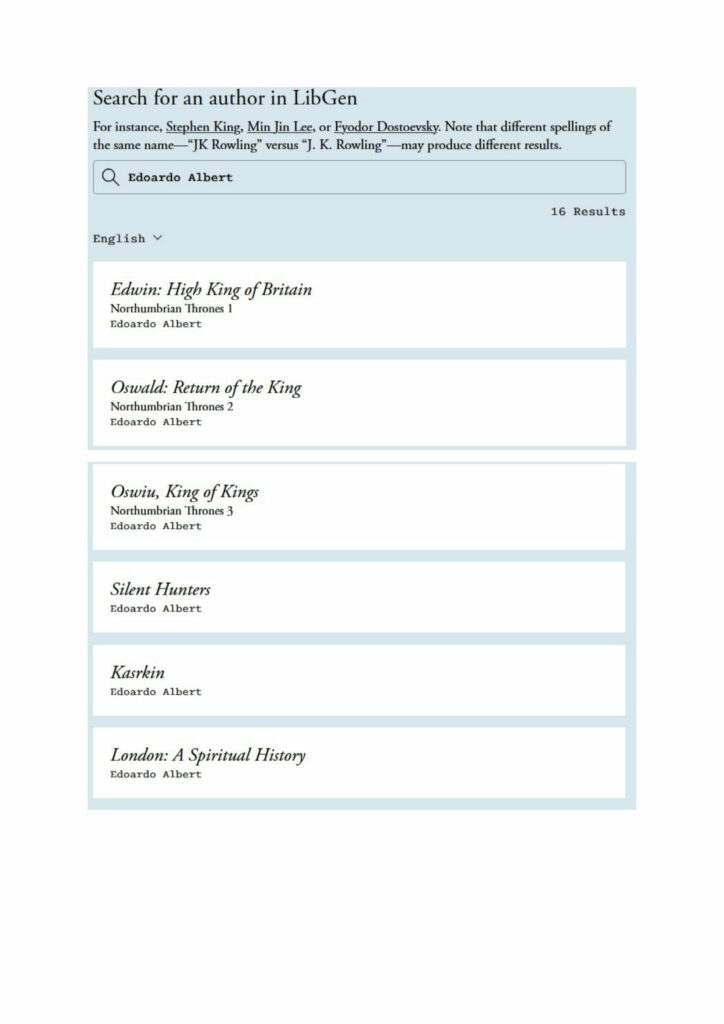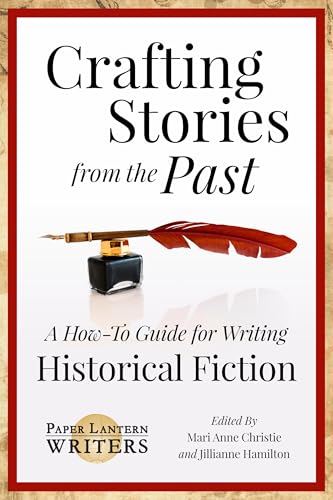
I’ve been writing books for fifteen years now, with seventeen published, so I was a little dubious that this new how-to book about writing historical fiction would have much to tell me.
Turns out, I was wrong! It has loads for me to learn, in particular about the research side of historical fiction and different ways of organising and remembering all that material so that you can apply it where needed in the writing. I had never even thought of keeping a spreadsheet of historical data. The chapter on what horses can and can’t do, what they need, how far they can travel, and all the other bits of information you need as a writer writing about horses while actually riding around in cars and buses was also invaluable.
The book is written by a collective of writers, with different writers contributing different chapters, so the reader gets the benefit of the distilled experience of many voices. There’s also an excellent appendix with links to further resources for research and writing.
I would genuinely say this is the most useful one-volume guide to historical fiction on the market today.
